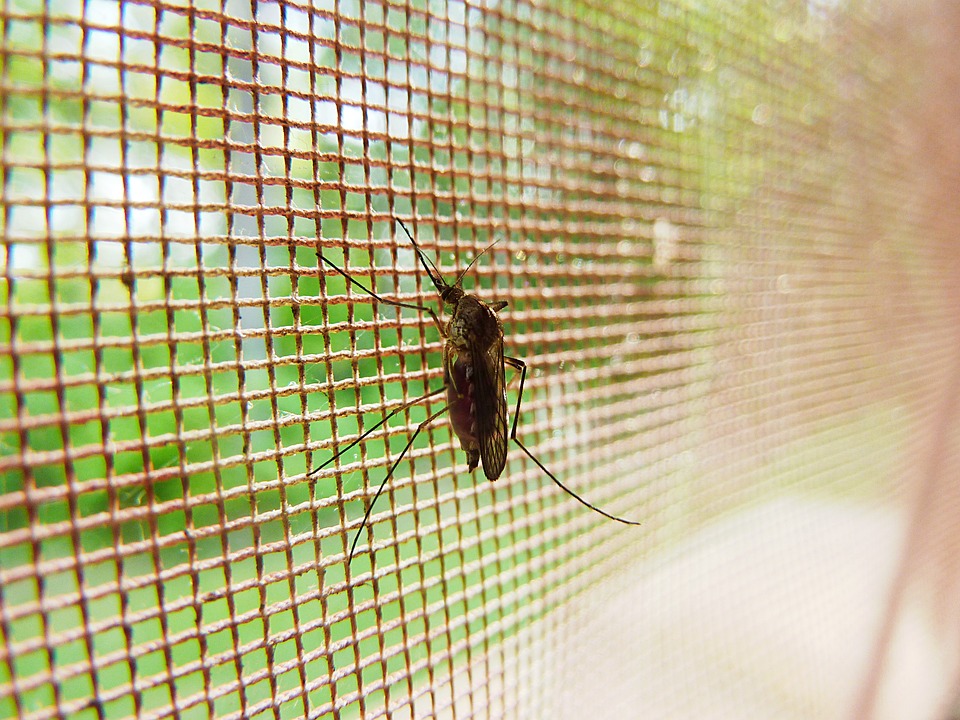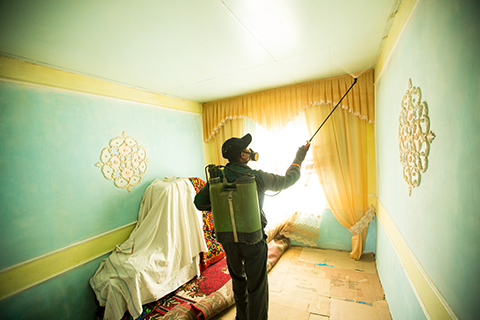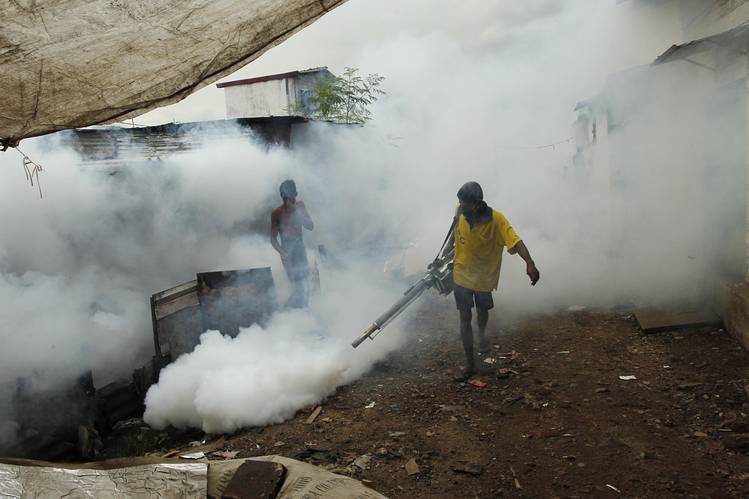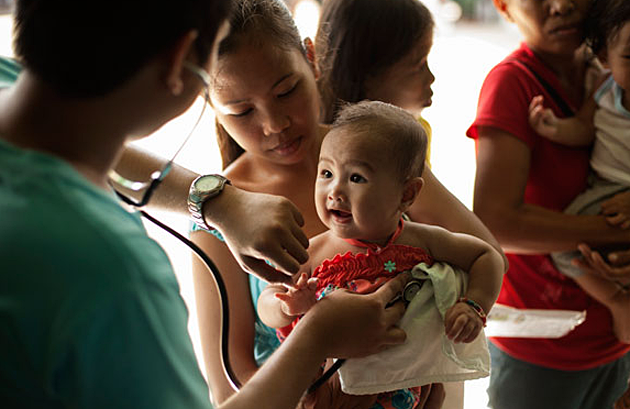Malaria is a deadly disease that every country is trying to get rid of. According to the World Health Organization (WHO), nearly half of the world’s population is at risk of malaria. The preventive and control measures have led to a great decline of 29% in malaria mortality rates globally since 2010. But according to WHO’s 2018 World Malaria Report, Malaria is on the rise in more than 13 countries.
Malaria is a big concern for humanity. There have been 219 million cases of malaria worldwide and reportedly, 435,000 deaths in 2017. More than 200 million contracted the disease after being bitten by a mosquito. Even when it doesn’t kill, it prevents kids from attending school and parents from working, devastating millions of families and stunting economic growth in dozens of low-income countries.
Worldwide it occurs in nearly 100 countries, prominently in Sub-Saharan Africa and South Asia. It is estimated that it kills a child every 2 minutes. Nearly half a million people – most of them babies and children in Africa – died in 2016 from mosquito-borne malaria, while at least 216 million were infected, an increase of five percent over 2015. And a whopping 1.25 billion people in India were at the risk of contracting the mosquito-borne disease. On why malaria is a big of a concern? It’s because it is a preventable disease yet it is a burden to many countries disrupting their citizens’ health and in turn, severely affecting their economic growth!
One of the most challenging aspects of defeating malaria is that both the parasite and the mosquito that carries it evolve; as a result, they develop resistance to the insecticides and anti-malarial drugs. That resistance is part of the reason why the number of cases of malaria went up last year, for the first time in more than a decade.
But with the right education and awareness as well as collective effort, malaria can be kept under control. There are many countries which are leading the race when it comes to fighting the malarial parasite.
1.Paraguay

Paraguay has recently been officially declared as malaria-free by the WHO. It makes Paraguay the first country in the Americas in 45 years to have wiped out the deadly disease, since Cuba in 1973.
There have been no recorded cases of malaria in five years. “It gives me great pleasure today to certify that Paraguay is officially free of malaria,” Tedros Adhanom Ghebreyesus, head of WHO, said in a statement. “Success stories like Paraguay’s show what is possible. If malaria can be eliminated in one country, it can be eliminated in all countries.”
It is a great news amidst the reports depicting that malaria is on a rise globally since 2016 and there was a resurgence in some areas. The experts have claimed that the reason for the sudden peak is the growing resistance to the sprays and drugs used to attack the mosquito that transmits the disease and the parasite that causes it in addition to climate change and conflict.
2. Uzbekistan

Malaria has a long and deadly history in Uzbekistan. The disease took lives of nearly 40,000 people in the capital district alone, and in 1943, one-tenth of the country’s population was infected. Despite the efforts by the government to fight back, it again took a resurgence in the early 1960s.
Now the WHO has aided Uzbekistan to beat malaria using an innovative results-based sustainable approach. The global investment has helped Uzbekistan to achieve the label of malaria-free in 2018.
In addition to Uzbekistan, other countries in Central Asia- Turkmenistan, Armenia and Kyrgyzstan have been classed as the disease-free since 2010.
3. Sri Lanka

Sri Lanka has suffered a lot due to Malaria. The disease has killed thousands of people in the southeast Asian country hindering its economic growth and depleting its entire communities.
Now, Sri Lanka is celebrating two full malaria-free years which is a massive achievement for the country in that region. The country launched its first anti-malaria campaign in 1911 which included indoor spreading and widespread distribution of medicines. It was very close to eradicating the disease with only 17 cases left, but a sudden resurgence of the parasite resulted in an exponential increase in the infection with over 537,000 cases reported in a few years.
But Sri Lanka again launched a war on the disease and finally, in 2016, it has been declared as malaria-free.
Learning from its experience in the 1960s, Sri Lanka prioritized malaria funding. Mosquitoes were targeted, the population was provided with bed nets and medicines against the parasite and strong surveillance systems were set up to monitor outbreaks. When the country experienced a resurgence of insecticide-resistant mosquitoes and drug-resistant malaria, it adopted a change in strategy, stressing the need to eliminate both parasite and vector. The government improved disease surveillance and efforts to interrupt transmission, in addition to spraying structures and distributing bed nets.
4. Philippines

The Philippines hasn’t completely ridden itself free of malaria yet but it’s well on its way to do so.
Back in the 90s, Philippines was one of the worst malaria-stricken countries. Many campaigns were launched in the country, most famous being the program initiated by Pilipinas Shell Foundation Inc. in Palawan in 1999.
The project’s components included early diagnosis and prompt treatment, vector control, social mobilization and advocacy, and an information drive and communications for behavioral change. By 2006, malaria cases in Palawan had dropped to about 12,000, with 21 deaths.
Impressed, the Swiss-based Global Fund to Fight AIDS, Tuberculosis & Malaria, decided to support the program, which was then renamed Movement Against Malaria. The number of malaria cases has since continued to decline steadily, and what was just an initiative in Palawan became a nationwide anti-malaria program. In 2011, largely because of the success in Palawan, the Philippines achieved the United Nations’ Millennium Development Goal of halting and reversing malaria ahead of it’s 2015 deadline.
How the Global Approach Helps..
The countries mentioned above have all one of thing in common. One of the main reasons they successfully fought back the disease is through the global help including global partnerships and funding schemes.
A notable partnership is the Roll Back Malaria (RBM) initiative, which was set up by WHO, the United Nations Children’s Fund (UNICEF), the UN Development Programme (UNDP) and the World Bank. Under the RBM, over 500 development groups, private- and public-sector organizations and research and academic institutions have pooled their resources and expertise to fight the disease.
The United States has been a huge player in this fight. U.S. investments in two programs: the President’s Malaria Initiative (PMI) and the Global Fund to Fight AIDS, Tuberculosis, and Malaria. These investments make the U.S. the largest funder of global anti-malaria efforts and they’re critical for sustaining global progress against the disease. PMI and the Global Fund buy and deliver insecticide-treated bed nets to prevent it, combination drug treatments to treat it and training and technical assistance to help the affected countries optimize disease prevention and control.
But philanthropy and morality are not the only motivation behind such programs. Lifting the burden of the disease would unleash productivity and unlock prosperity for individuals and nations alike. According to the Copenhagen Consensus, every dollar spent to combat the disease generates $36 of economic return.
The fight against malaria also builds health infrastructure in low-income countries. Increased laboratory capacity, real-time disease surveillance and efficient supply chains are critical for containing outbreaks and stopping pandemics in an increasingly interconnected world.
Apart from WHO and programmes the US government, the Bill & Melinda Gates Foundation has also played a crucial role in eliminating the disease and continue to do so. It is in the process of developing new tools and strategies to prevent or delay the parasite resistance to a drug. The foundation has committed nearly US $2 billion in grants till date.
These efforts have been successful. Africa, the epicentre of the disease, has seen a fall of 66% in malaria mortality rates and among children under five, who are the most vulnerable to the disease, fatalities fell by 71%, from 694,000 to 292,000 deaths, during the same period between 2000 and 2015.
The road to complete elimination of the disease is long but we are getting there. History has shown us that malaria can be eradicated. If we all are in it together, malaria doesn’t stand a chance.


Happy to hear the phrase “malaria free”. Govt must take a necessary steps to avoid such a dangerous diseases. People also have to be educated more awareness classes about malaria. Fixing mosquito net will help you out to avoid from mosquito bites.